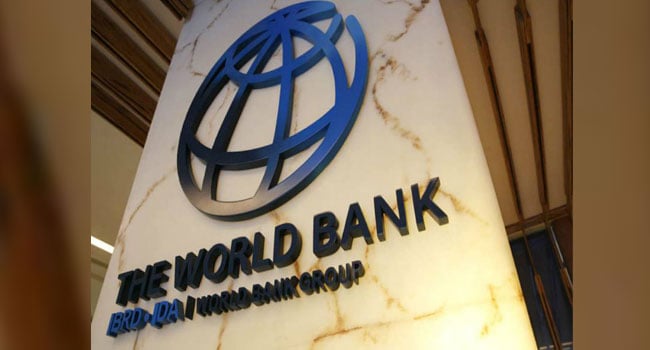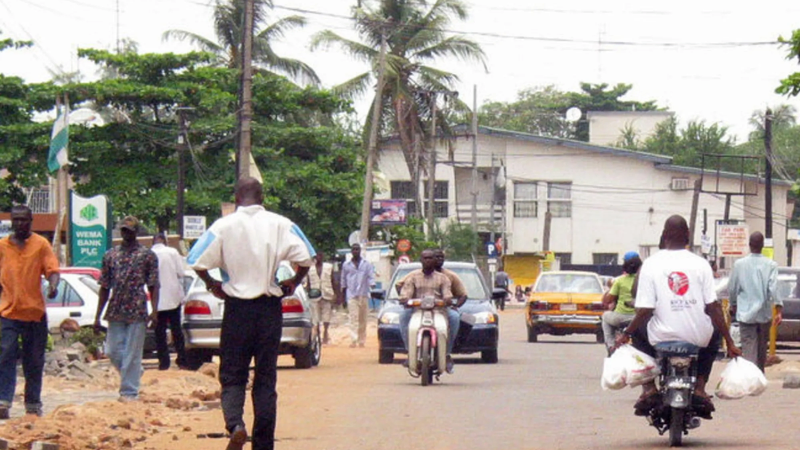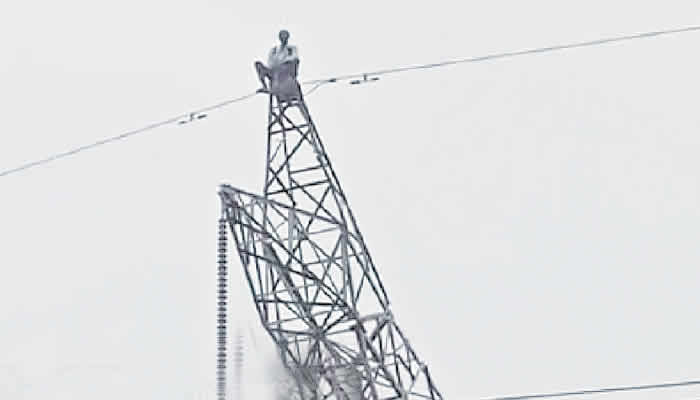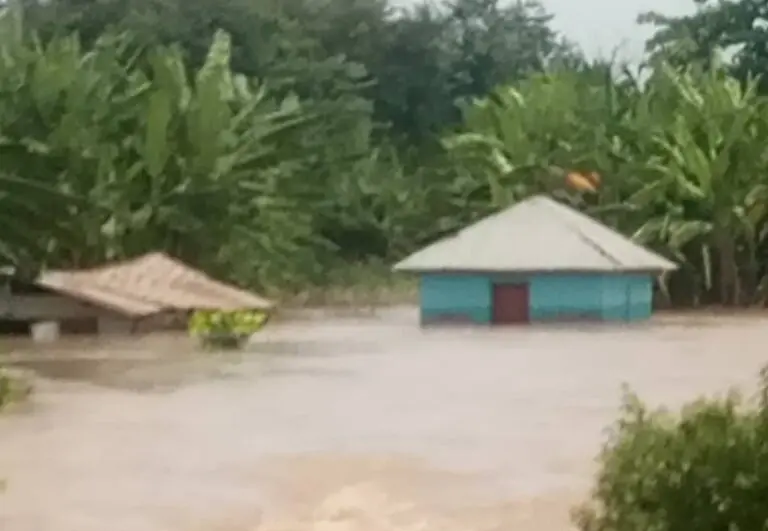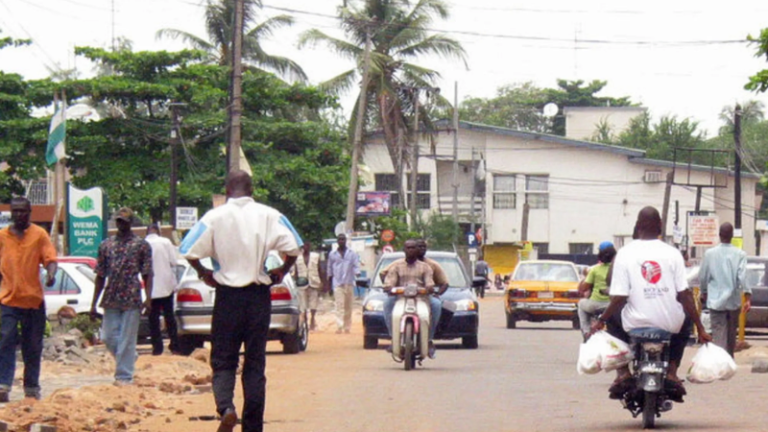Global commodity prices are projected to fall to their lowest level in six years in 2026, marking the fourth consecutive year of decline, the World Bank Group said on Wednesday.
According to the lender, prices are forecast to drop by seven per cent in both 2025 and 2026, driven by weak global economic growth, a growing oil surplus, and persistent policy uncertainty.
Falling energy prices are helping to ease global inflation, while lower rice and wheat prices have improved affordability in some developing countries. Despite recent declines, commodity prices remain above pre-pandemic levels, with 2025 and 2026 prices projected to be 23 per cent and 14 per cent higher, respectively, than in 2019.
“Commodity markets are helping to stabilise the global economy,” Chief Economist and Senior Vice President for Development Economics, Indermit Gill, said in an email.
“Falling energy prices have contributed to the decline in global consumer-price inflation. But this respite will not last. Governments should use it to strengthen fiscal positions, make economies business-ready, and accelerate trade and investment.”
The global oil glut expanded significantly in 2025 and is expected to rise in 2026 to 65 per cent above the previous peak in 2020. Oil demand is slowing as sales of electric and hybrid vehicles increase and consumption stagnates in China.
The lender said Brent crude prices are forecast to fall from an average of $68 in 2025 to $60 in 2026, a five-year low. Overall, energy prices are projected to decline by 12 per cent in 2025 and a further 10 per cent in 2026.
Food prices are also easing, with projected declines of 6.1 per cent in 2025 and 0.3 per cent in 2026. Soybean prices are falling due to record production and trade tensions but are expected to stabilise over the next two years.
Coffee and cocoa prices are forecast to decline in 2026 as supply conditions improve. Fertiliser prices are projected to surge by 21 per cent in 2025, reflecting higher input costs and trade restrictions, before easing by five per cent in 2026, which could erode farmers’ profit margins and affect crop yields.
Precious metals reached record highs in 2025, driven by demand for safe-haven assets and continued central bank purchases. Gold is expected to rise by 42 per cent in 2025 and a further five per cent in 2026, nearly doubling its 2015–2019 average. Silver prices are forecast to rise by 34 per cent in 2025 and an additional eight per cent in 2026.
Commodity prices could fall further if global growth remains sluggish amid trade tensions and policy uncertainty. Greater-than-expected OPEC+ output could deepen the oil glut and push energy prices lower. Rising electric vehicle sales, expected to surge by 2030, could also reduce oil demand.
Conversely, geopolitical tensions or sanctions could lift oil prices and increase demand for safe-haven commodities. Extreme weather from a stronger-than-expected La Niña cycle could disrupt agricultural output and increase electricity demand, putting additional pressure on food and energy prices. Meanwhile, the rapid expansion of artificial intelligence and rising electricity demand for data centres could increase prices for energy and base metals such as aluminium and copper, which are essential for AI infrastructure.
“Lower oil prices provide an opportunity for developing economies to implement fiscal reforms that promote growth and job creation,” Deputy Chief Economist and Director of the Prospects Group, Ayhan Kose, noted.
“Phasing out costly fuel subsidies can free resources for infrastructure and human capital, areas that create jobs and strengthen long-term productivity. Such reforms shift spending from consumption to investment, rebuilding fiscal space while supporting durable job creation.”
The bank stated that the report’s special focus section examines the history of international commodity agreements. While many past efforts, including inventory controls, production quotas, and trade restrictions, helped stabilise prices in the short term, few achieved lasting results.
The Organisation of the Petroleum Exporting Countries, the most enduring international commodity agreement, has struggled to maintain market power, particularly when prices are high, as higher prices attract new competitors.





